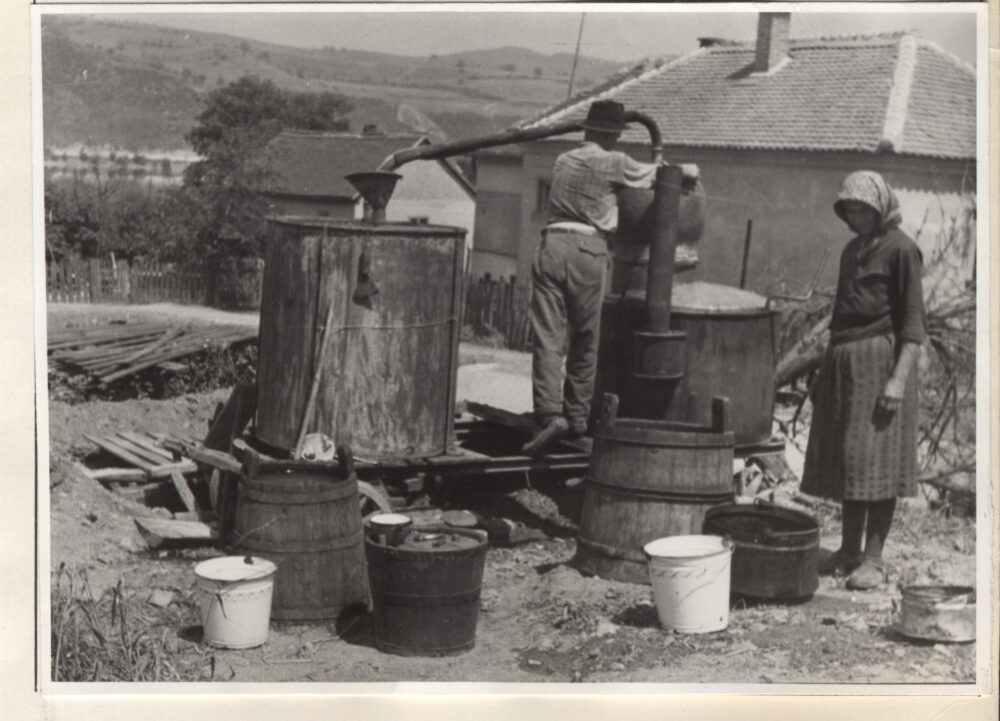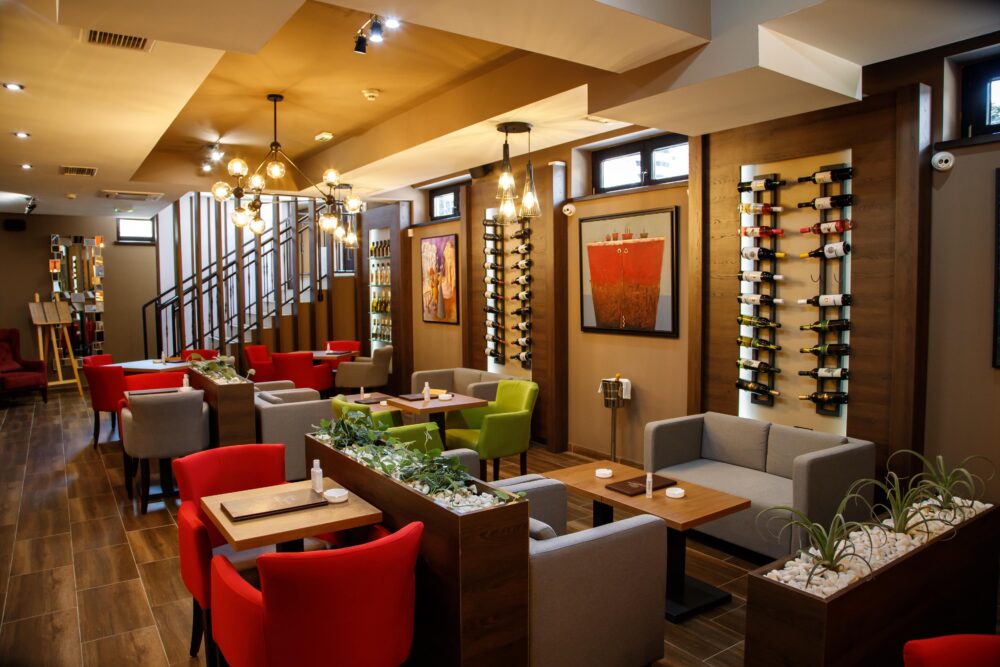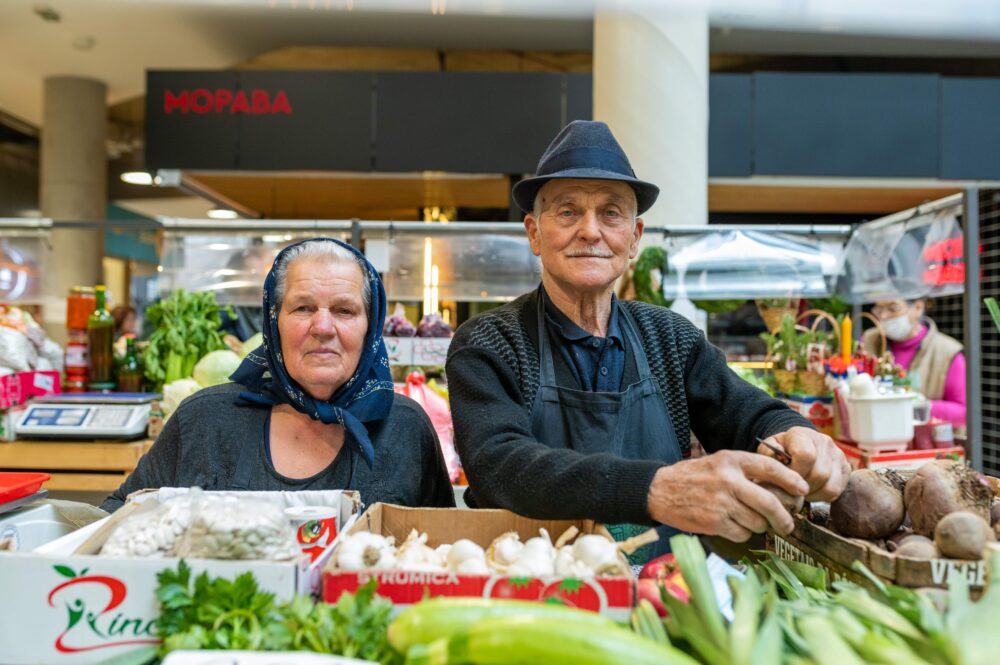Smells, tastes, and colors of everyday life
In Serbia, you will experience real hospitality from your first encounter with your hosts: they will greet you with bread, salt, and the inevitable plum brandy, slivovitz.
The process of preparing and serving slivovitz, our traditional plum drink, was added to the UNESCO Intangible Cultural Heritage List in 2022. Included in the listing are the knowledge required to grow specific varieties of plums; coppersmithing; barrel and wooden flask making; and other items used in the process. You can find more information about Serbia’s Intangible Heritage at the Ethnographic Museum in Belgrade.

In Serbia, you’ll find slivovitz everywhere. It’s the go-to spirit for toasts expressing wishes for health and well-being at festive occasions and family gatherings. A rakija made with plums, it’s associated not only with tradition but is also part of modern life: it’s on the menu at trendy bars and luxury hotels and features brand-new cocktail recipes.
In Belgrade, the capital, you can taste the best rakija at the Rakia Bar, where the finest rakija is always accompanied by meze: creative snacks served in a contemporary environment. The artisanal production of premium rakijas and the most famous festival dedicated to it – Rakija Fest – present this traditional drink in a modern fashion.

Tourists in Serbia are often interested in visiting green markets, which can be found in and around cities. Markets are not only places to buy organically grown fruits, vegetables, and other products from local producers but also places to meet, whether chance encounters or scheduled appointments, and organize events.
Every market in Belgrade has a unique feature. Zemun market, along the Danube river, has always been known for selling freshwater fish; Kalenić market, a recognizable symbol of Belgrade today, attracts the most tourists. Because of its high-quality products, locals call it “the most urban of all the markets in the city”. At Kalenić, you can choose among arrays of unique fashion items, honey, wine, and more; at the Palilula market, you can taste champagne during the day at the Mehurić champagne bar; Zeleni Venac, protected as a cultural monument thanks to its unique design, is considered the oldest active market in the Balkans, and is popularly known as the queen of the markets. The history of Belgrade’s markets is the history of Belgrade itself, preserved and now adapted to our times.
The taste of rakija and the colors and scents of the markets will be exceptional sensory souvenirs from your trip to Serbia! Take them with you!
